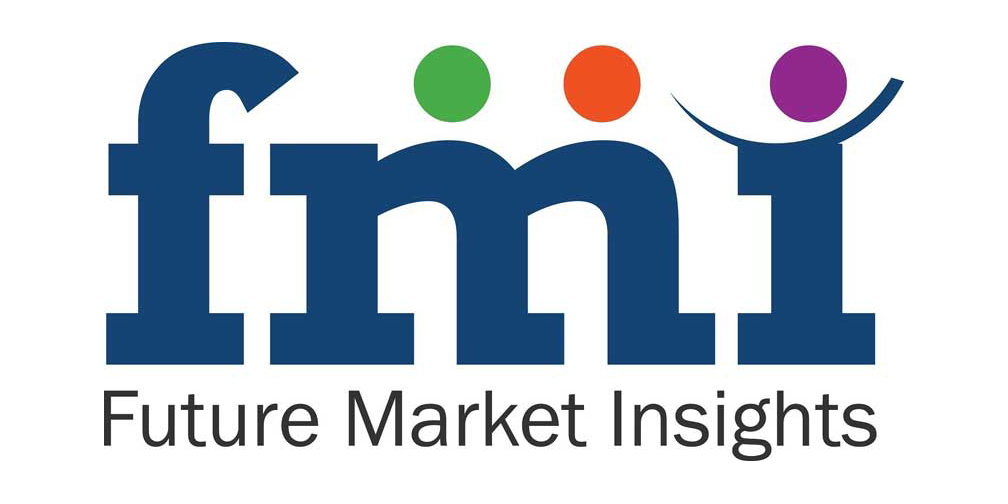Get Sample of the Report : https://www.futuremarketinsights.com/reports/sample/rep-gb-10589
Hot Fill Packaging Market: Dynamics
As the consumers are getting more concerned about the harmful effects of preservatives in their beverages, the demand for preservative-free products, with an extended shelf life is on its peak. This awareness is expected to be the key driver for the global hot fill packaging market in the coming years. Furthermore, hot fill packaging controls the bacterial or microbiological growth and retains the nutritional properties of the product; this eliminates the need for preservatives to a large extent. Unlike boiling, it preserves the taste of the filled product. Additionally, when compared to other filling processes, it is more economical and requires simpler process. These factors are expected to fuel the demand for hot fill packaging in the coming years.
However, there are some other packaging techniques such as aseptic packaging, which might gain grounds in the beverage packaging market. Usually, this process is used when the product’s taste is likely to be affected by heat, for aseptic filling the container needs to be sterilized and filled in sterile conditions. This increases the overall cost of packaging. Thus, its adoption highly depends on manufacturer’s packaging budget. In conclusion, the demand for hot fill packaging is expected to remain stable in the beverage packaging market.
Hot Fill Packaging Market: Regional Outlook
The geographical analysis of hot fill packaging market has revealed that the Asia Pacific is expected to outpace all other regions in terms of growth rate. This growth can be attributed to the massive investment by beverage giants in Asian economies such as China & India. Easy access to beverages has enabled an increase in consumption of juices and other non-carbonated drinks. Thus, beverage manufacturers are investing heavily on expansion in these areas; this is expected to escalate the demand for hot fill packaging in the region during 2019-2029.
Moreover, Europe and North America are expected to witness sustained demand for hot fill packaging owing to the high consumption of beverages in both regions. High consumption of flavored beverages, soft drinks, and energy drinks in the region are expected to bolster the sales of hot fill packaging solutions in the coming years. Furthermore, rising per capita consumption of beverages in Latin American economies is likely to translate into immense growth potential for the global hot fill packaging market.
Hot Fill Packaging Market: Key Players
Some of the key players operating in the global hot fill packaging market are Amcor Plc, Imperial Packaging, RPC Group Ltd., Graham Packaging Company, San Miguel Yamamura Packaging Corporation (SMYPC), Aisapack SA and others.
The report is a compilation of first-hand information, qualitative and quantitative assessment by industry analysts, inputs from industry experts and industry participants across the value chain. The report provides an in-depth analysis of parent market trends, macroeconomic indicators and governing factors along with market attractiveness as per segments. The report also maps the qualitative impact of various market factors on hot fill packaging market segments and geographies.
Regional Analysis Includes–
- North America
- Latin America
- Europe
- South Asia
- East Asia
- Oceania
- Middle East & Africa (MEA)
Hot Fill Packaging Market: Segmentation
Globally, the hot fill packaging market is segmented into product type, material type, capacity, and end use.
By product type, the global hot fill packaging market has been segmented as follows
- Bottles & jugs
- Jars
- Containers
By material type, the global hot fill packaging market has been segmented as follows
- Glass
- Plastic
- Polypropylene (PP)
- Polyethylene Terephthalate (PET)
- Others
By Capacity, the global hot fill packaging market has been segmented as follows
- Up to 12 Oz
- 13 Oz – 32 Oz
- 33 Oz – 64 Oz
- 64 Oz and above
By end use, the global hot fill packaging market has been segmented as follows
- Soups, sauces & spreads
- Juices
- Ready-to-drink beverages
- Dairy
- Nectars
Ask For Regional Data : https://www.futuremarketinsights.com/ask-regional/rep-gb-10589
Report Highlights:
- A detailed overview of parent market
- Changing market dynamics in the industry
- In-depth clay desiccant bag market segmentation
- Historical, current, and projected market size regarding volume and value
- Recent industry trends and developments
- Competitive landscape
- Strategies for key players and products offered
- Potential and niche segments, geographical regions exhibiting promising growth
- A neutral perspective on clay desiccant bag market performance
- Must-have information for players to sustain and enhance their market footprint

